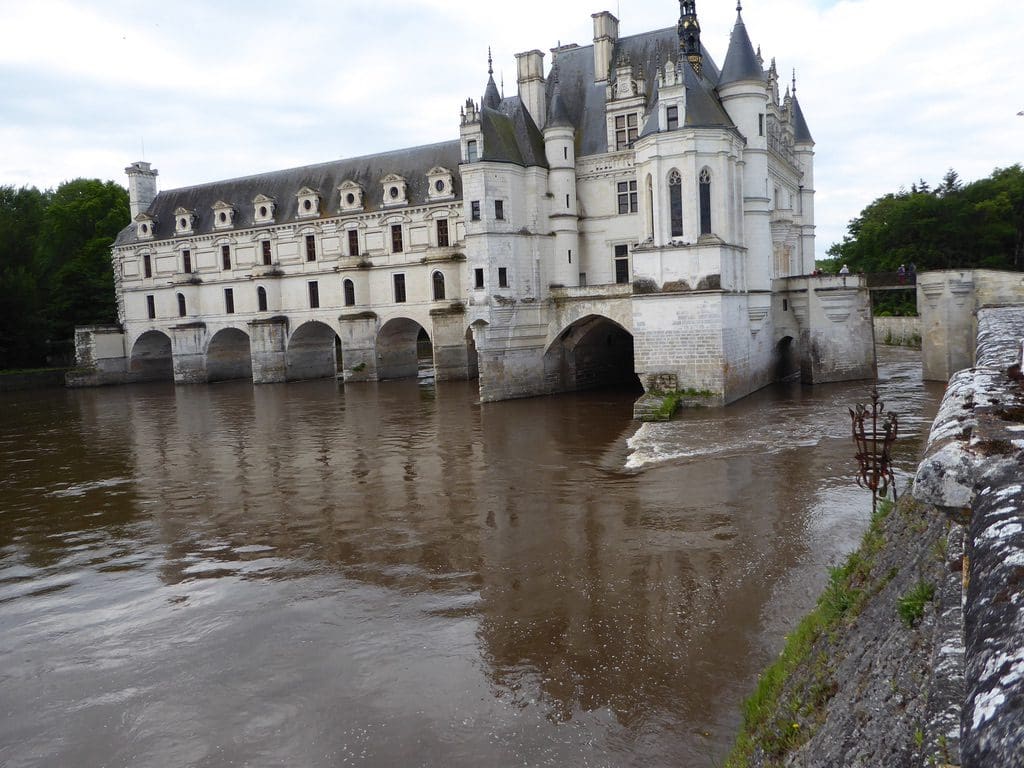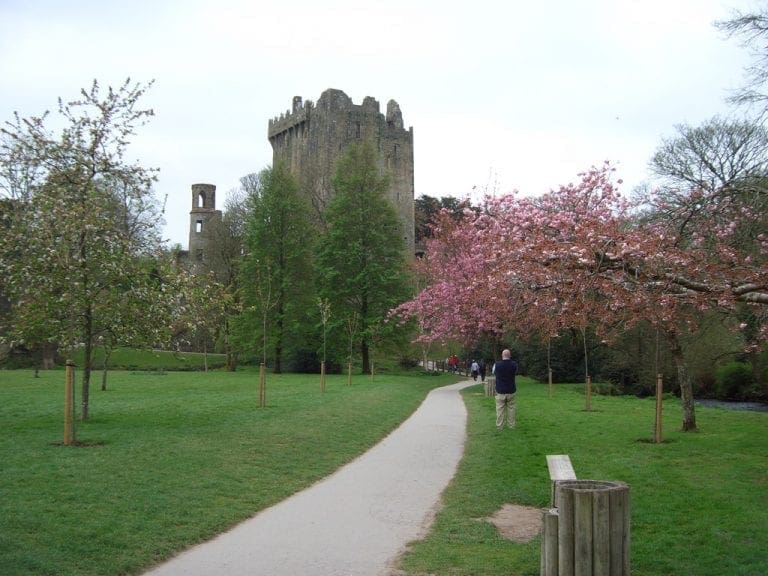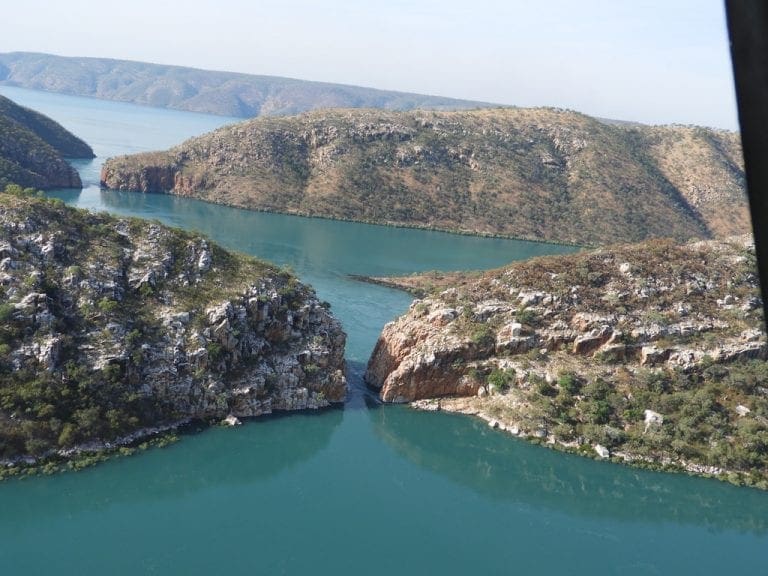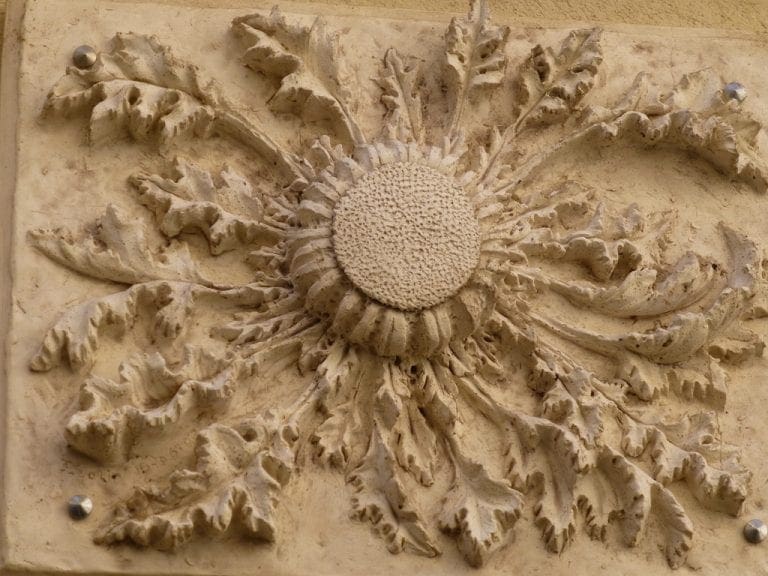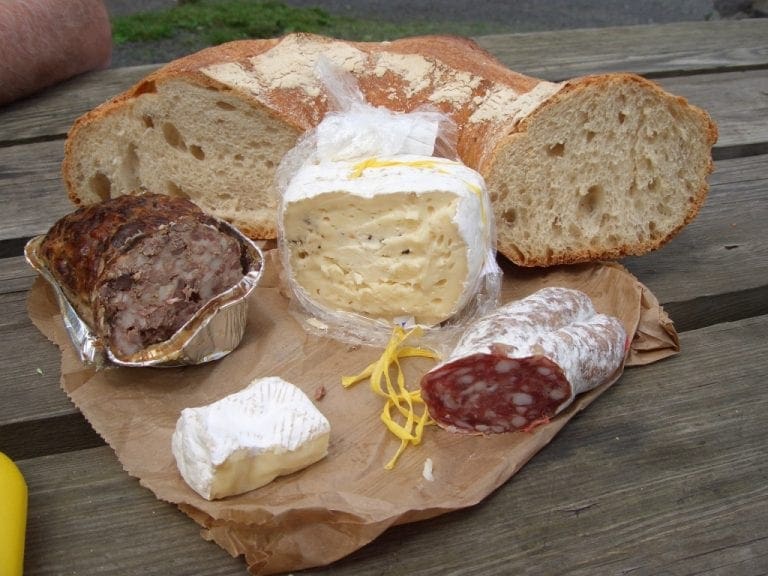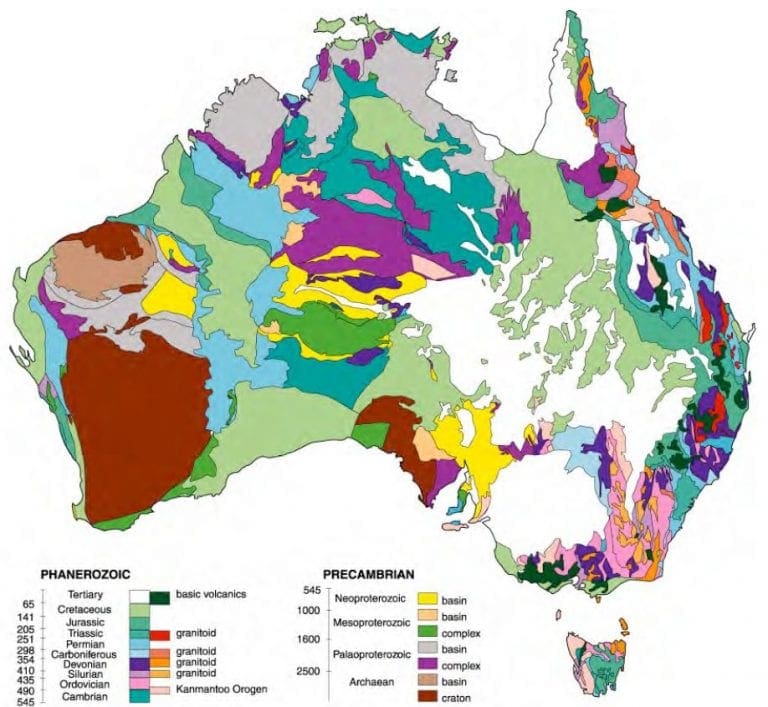France Road Trip – week 7 – Amboise
Saturday 21 May 2016. Day 44. Drove from Saintes to Cognac to meet our friends Mavis & Neil Clifford for a few hours to catch up. Then, onwards, on the motorway to Amboise. A bit of a confusion when the GPS had us exit the motorway suddenly at the junction of two motorways and she got confused and we were confused. The warning on the box is true – deal with this device with caution and use common sense. Common sense was lacking for a while there. Had a picnic lunch at a roadside stop. Delightful.
Monday 23 May. Day 46. Two chateaux. First to Cheverny which, as well as being a beautiful well furnished old chateau, has two main attractions: for TinTin fans, it is Marlinspike Hall and features in many TinTin comics; it also features feeding its hound pack on the dot of 11:30am each day. There are about 200 dogs in the pack and feeding is a bit of a performance. The dogs (mainly male) are let into a concrete pen at about 11. At 11:15, the young and old are put one at a time into a special pen to be fed separately.
The rest are put up some stairs. The pen floor is sloshed clean of dogshit with a bucket. A very large wheelbarrow of dog food (dry mixed with chicken) is heaped in a line across the floor. Food is taken to the specials. After chatting with the crowd and waiting till 11:30, the bloke gets his whip and lets the dogs back in. They wait while he holds the impatient few back with his whip. He lifts the whip and says ‘allez’ and they leap in to eat. All very controlled.
We walked over the road and had lunch at a Creperie that served gallettes. At 11:50, it was still shut. We waited with a couple of French women who checked that it was really going to open. At 11:58 the doors were opened and we went in. By 12:05 it was almost full and groups were turned away. By 12:12 they were completely full. I think they had maybe 50 chairs. Quite a good place to eat, but don’t be late.
On to the second chateau – Chambord. Chambord is the biggie for the Loire. It is huge. Francois I began building but it was not completed till Sun King Louis XIV finished it. Began to fall into ruins in the mid 1800s. Declared a national treasure/monument in early 1900 and restored. It would have been a dreadful place to live. Howling winds and snow in winter and surrounded by mosquito infested malarial swamps in summer. Kings came here for just a few weeks a year – hunting in the surrounding forests. This was a hunting lodge with 440 rooms and almost 300 fireplaces. Left unfurnished most of the year – furnished only when lived in. What a huge amount of furniture to lug around. Double helix staircases and salamanders – the signs of Francois I.
Tuesday 24 May. Day 47. We drove in the other direction today. One chateau and a town. First to Villandry which has must see gardens. A team of ten gardeners work year round to manicure hedges, prun 5,000 trees and look after 110,000 plants. Much of it is in very formal hedge enclosed structured gardens.
There are a couple of gardens that are arranged by colour of plants – the two areas together would be about 3/4 hectare. There is a tennis court, maze, a herb garden and the biggest kitchen garden ever seen – I’ll guess almost 4 hectares arranged in huge squares with veggies planed between trimmed hedges. Impressive.
Wednesday 25 May. Day 48. Chenonceau, one of the more beautiful chateau and one that has a great history. Originally a mill, then a castle, it was given to Diane de Poitiers (mistress to Henri II) when Henri II came to the throne (although it was not his to give). Diane poured money into it, extended it to be a bridge over the river and made it beautiful – her colours, black and white, everywhere. On Henry II’s death (jousting), Catherine booted Dianne out and ran France from here as Queen Dowager, and made it even more beautiful.
Later, Louise (widow of Henry III) lived here till her death in 1601. Chenonceau then fell into ruin until purchased by Louise Dupin 1706-1799 (rich feminist) who set about restoring it and saved it from destruction during the 1789-92 revolution. Then purchased by Marguerite Pelouze who set about restoring it to the glory of Diane’s heyday. Used as a hospital in WWI and escape route from German to Vichy France in WWII. We think the best thing are the kitchens which are well preserved and restored. Picnic lunch at a table just outside the chateau grounds.
